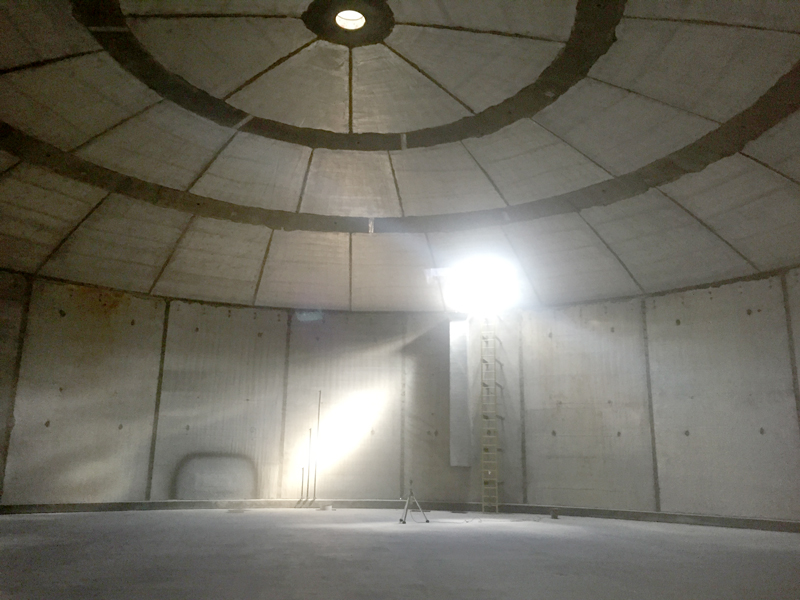The Great Lakes Water Authority (GLWA) supplies drinking water to approximately 3.9 million people in southeast Michigan including communities and water authorities in Wayne, Oakland, Macomb, Washtenaw, Monroe, St. Clair, Lapeer and Genesee Counties. In a system that utilizes five water treatment plants, 19 booster pump stations and over 800 miles of transmission main across more than 1,000 square mile service area, determining equitable rates for each customer is a significant challenge. Prior to the creation of the GLWA in 2016, water service to this sprawling district was provided by the Detroit Water and Sewerage Department (DWSD) with wholesale customer charges based on a rate methodology that had evolved as DWSD aimed for that equability. GLWA has adopted that methodology and continues to make only incremental changes to the process as many customers have tailored their systems based on the particulars of the methodology. In no place is this more evident than for customers that have added water storage to their system assets.
At its core, the GLWA rate methodology, i.e. how much a wholesale customer is charged, is based on three primary factors. The first is the customer’s topographic elevation relative to an average of the elevations of the five water treatment plants. Similarly, the second factor is the customer’s distance from an average of those same water treatment plants. Both of those factors account for the costs associated with pumping water higher and father to serve customers throughout the service area. Finally, the customer’s unique usage of water is the third factor in determining rates. This includes the total volume of water used, but more importantly, in includes the customer’s demand on the water system during peak usage times. As a water provider, GLWA must operate a system that can supply their customers with water throughout the calendar year, including during the highest demand periods traditionally occurring in the summer months when outside irrigation accounts for a significant amount of water demand/use. More specifically, the peaks within a given summer day generally occur in the mornings approximately between 6 AM and 9 AM and in the evening from 6 PM to 9 PM.
Obviously, customers of the GLWA cannot readily change the elevation or location of their communities to affect their rates. Therefore, the only option a customer has is to change how, or more importantly, when they use water. This is accomplished by constructing a large storage reservoir that fills from the GLWA feed during off-peak hours (overnight) and supplies water to the customer’s system during the peak times noted above to lessen the customer’s demand and strain on the GLWA system. Giffels Webster recently completed the design and construction administration for two such facilities in communities that we represent, Commerce Township and Washington Township.
Both of these communities are the product of urban expansion that has stretched the footprint and reach of the DWAS/GLWA system. In addition, both communities are colloquially classified as bedroom communities, meaning they are primarily composed of residential uses with little commercial or industrial use to mitigate the severity of their demand peaks. Accordingly, both communities are excellent candidates for water storage to help lower their rates with GLWA. In general, the justification for storage is that the up-front capital cost associated with the construction of the facility is offset over a short term once the community’s wholesale rate to GLWA is lowered. In addition, the storage serves a second purpose as a backup source of water in case of a significant interruption of service from the GLWA.
Giffels Webster’s services on both projects began years before construction started by providing siting and cost estimating services to determine the best location for such a facility and confirm the payback assumptions that would justify the project. Once both community Boards approved the design of the project, detailed construction plans were developed for each facility by Giffels Webster and our sub-consultants. Both facilities feature at grade water storage tanks and an adjacent structure housing the pumps, valves and control facilities. In addition, Giffels Webster provide construction administration and inspection services for the Washington facility including coordination and assistance during start-up of the facility. Following construction and an extensive testing period, both communities renegotiated their contracts with the GLWA based on the new way they use water.
Overall, both projects were huge successes for each community, allowing a significant reduction in the annual revenue requirement with GLWA, money that has been used to pay off the debt associated with the construction of the project, as well as annual rate increases passed by GLWA during the payback period. More specifically, the following table provides a summary of these projects:
| Community | Tank Size | Const. Cost | Annual Savings from GLWA |
| Charter Township of Commerce | 2.0M gallons | $6.65M | $1.5M |
| Charter Township of Washington | 1.5M gallons | $4.50M | $0.9M |
As your municipal partner, we also review submitted site plans, conduct inspections, maintain records, prepare master plans, lead the planning, bidding, and construction administration process for capital improvement projects. For more information, call us at 866.271.9663. and visit www.giffelswebster.com


